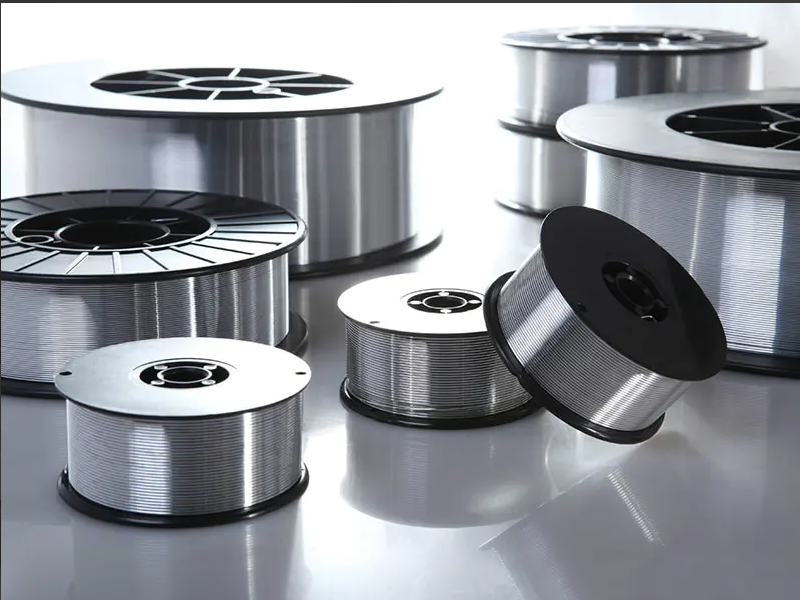Kunli Aluminum Welding Wire Manufacturers: Why 5154 Excels in Harsh Environments
Welding is an essential process in aluminum structure manufacturing, and the choice of filler material plays a crucial role in determining the strength, durability, and corrosion resistance of the final product. Among aluminum filler materials, 5154 aluminum alloy welding wire stands out for its exceptional corrosion resistance, making it an indispensable solution in industries that prioritize long-term durability and resistance to harsh environments.
The corrosion resistance of 5154 aluminum alloy is primarily attributed to its magnesium-rich composition. Magnesium enhances the protective oxide layer on the aluminum surface, which is critical in preventing pitting and performance degradation in marine environments. With a magnesium content ranging from 2.5% to 3.5%, 5154 alloy forms a dense protective oxide layer when exposed to moisture and air, effectively preventing further deterioration of the underlying material.
This passivating behavior is especially important in humid or chloride-rich environments, where low-alloy steels are prone to pitting and intergranular corrosion. Magnesium not only offers passive protection but also helps slow down the spread of corrosion when the surface is damaged. Without proper anti-corrosion measures, structures and components exposed to industrial fumes, road salt, coastal climates, or agricultural chemicals are at high risk of accelerated material damage.
One of the greatest challenges in aluminum welding is avoiding galvanic corrosion between the base material and the filler. When mismatched, the weld zone becomes a hotspot for accelerated corrosion, compromising the integrity of the joint. 5154 aluminum wire is specifically designed to weld seamlessly with high-magnesium base metals such as 5083, 5454, and 5086, ensuring that the welded area maintains consistent corrosion resistance. This compatibility greatly reduces the risk of electrochemical corrosion.

From high-salinity desert climates to cold northern regions where de-icing agents severely affect metal surfaces, 5154 welding wire has been field-tested under some of the world's harshest conditions. Whether in petrochemical plants, offshore platforms, or irrigation systems, this alloy has proven its good performance. Its reliability has not only been confirmed in laboratory corrosion tests but also in real-world structures with service lives spanning several decades.
Another often overlooked benefit of 5154's corrosion resistance is its contribution to environmental sustainability. Components that don't require frequent replacement reduce industrial waste and resource consumption. Since this alloy resists surface oxidation without the need for thick coatings or chemical treatments, it also supports cleaner manufacturing processes and minimizes the need for post-weld finishing.
As industries shift toward more environmentally friendly production methods, using corrosion-resistant welding materials like 5154 aluminum wire aligns with both environmental goals and long-term cost efficiency.
NEXT:Connecting Strength and Style Through Better Welding
Related Products
-
 View More
View More
5154 Aluminum Alloy Welding Wire
-
 View More
View More
ER4043 Silicon Aluminum Welding Wire
-
 View More
View More
ER4047 Aluminum Mig Welding Wire
-
 View More
View More
ER5154 Al-Mg Alloy Wire
-
 View More
View More
ER5087 Magnesium Aluminum Welding Wire
-
 View More
View More
Aluminum Welding Wire ER5183
-
 View More
View More
ER5356 Aluminum Welding Wire
-
 View More
View More
ER5554 Aluminum Welding Wire
-
 View More
View More
ER5556 Aluminum Welding Wire
-
 View More
View More
ER1100 Aluminum Welding Wire
-
 View More
View More
ER5754 Aluminum Welding Wire
-
 View More
View More
ER2319 Aluminum Welding Wire
 English
English Deutsch
Deutsch
 English
English Deutsch
Deutsch

